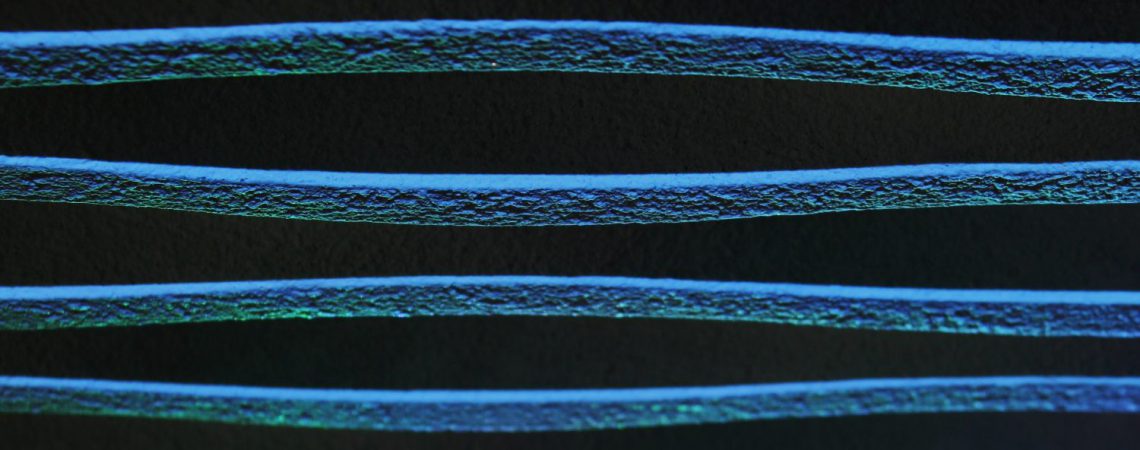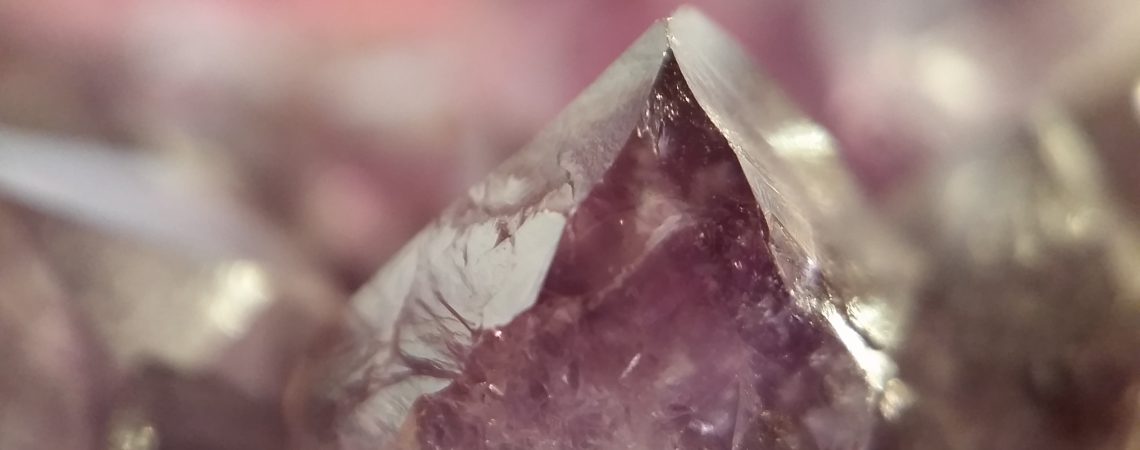
how did the virgo constellation get its namethales graduate scheme application process
The galaxy has a visual magnitude of 9.8 and is about 52 million light years away. Zeus, King of the Gods, intervened. In this Virgo constellation story, the world had eternal spring. Epsilon Virginis is about 11 times bigger than the Sun and 77 times brighter. The stars traditional name, Zaniah, comes from the Arabic zwiyah, which means the corner., Iota Virginis belongs to the spectral class F6 III and is 69.8 light years distant. A supernova was discovered in it in 2004. The Virginids are a group of meteor showers that originate in the constellation of Virgo. Epsilon Virginis is the third brightest star in Virgo. Having an apparent magnitude of 3.4 making it visual without binoculars. [17] Diodorus Siculus has an alternative account, according to which Parthenos was the daughter of Staphylus and Chrysothemis, sister of Rhoeo and Molpadia (Hemithea). This may be why Virgo is traditionally drawn to health care, as they often are their own first patient. It has a mass at least 11 times that of Jupiter and it orbits the star with a period of 835 days. Virgo is the second biggest constellation in the night sky in terms of size. Messier 84 is a lenticular galaxy located in the inner core of the Virgo cluster. In astrology, Virgo is the sixth sign of the zodiac, considered as governing the period from about August 23 to about September 22. Virgo is In May to August look out a bit earlier at 8.00pm and watch her disappear at about midnight. Virgo constellation is the second-largest constellation in the southern sky. The head of the constellation rises The traditional name of this Virgo star is Auva or Minelauva. Eta Virginis is a triple star system in Virgo. It is an orange-red giant that lies about 198 light-years away. The genitive form of Virgo, used in star names, is Virginis (pronunciation: /vrdns/). Virgo first appears in the night sky in the Northern Hemisphere as spring begins, which is why the Greek myth of Persephone is associated with Virgo, the virgin maiden. It was one of the first extragalactic X-ray sources discovered in 1970. It is surrounded by large, bright globular clusters and has a very prominent dust lane made up of polycyclic aromatic hydrocarbons. It is about 77 times more luminous than the Sun. Virgo is usually depicted with angel-like wings, with an ear of wheat in her left hand, marked by the bright star Spica. The Virgo symbol is the sixth sign of twelve in the Zodiac family and represents people born between August 23 and September 22. The neighboring constellations are Botes, Coma Berenices, Corvus, Crater, Hydra, Leo, Libra and Serpens Caput. They are extremely analytical and tend to be quite bookish. The stars age is estimated at more than six billion years. Virgo is one of the 48 constellations first cataloged by the Greek astronomer Ptolemy in the second century. It also offers the binary star Porrima ( Virginis), named after two goddesses of prophecy, the Carmenae. In the northern hemisphere, in March and April, Virgo appears low on the eastern horizon from about 9.00pm. To find Virgo in the night sky of the Northern Hemisphere, stargazers need to locate the arc of the Big Dippers handle and follow the end of the curve down to a bright orange star called Arcturus. Some cultures preferred the word Maiden; to describe the female Goddess. The amazing Virgo Cluster lies partially in the star constellation Virgo and partially in the Coma Berenices constellation. It has an apparent magnitude of 3.376 and you can see it without a telescope. The Virgo constellation location is in the third quadrant of the southern hemisphere, SQ3. Two supernovae have been observed in the galaxy: SN 1988A in January 1988 and SN 1989M in June 1989. Virgo belongs to the Zodiac family of constellations, along with Aries, Taurus, Gemini, Cancer, Leo, Libra, Scorpius, Sagittarius, Capricornus, Aquarius and Pisces. The star 70 Virginis has one of the first known extrasolar planetary systems with one confirmed planet 7.5 times the mass of Jupiter. Virgo is first depicted in the 2nd century CE by the famous astronomer The constellation of Virgo in Hipparchus corresponds to two Babylonian constellations: the "Furrow" in the eastern sector of Virgo and the "Frond of Erua" in the western sector. Mercury represents the mind and intellect, and rules Gemini, sign of duality also Virgo, and has its exaltation in Aquarius. This point will pass into the neighboring constellation of Leo around the year 2440. The Babylonians knew it as The Furrow, representing the goddess Shalas ear of grain. Astronomers believe that it may really be a giant elliptical galaxy. Virgo symbolism shows that during those months, it is winter. 61 Virginis is the first well established yellow dwarf almost identical to the Sun with a potential Super Earth (extrasolar planet more massive than Earth, but considerably below the mass of the smaller gas giants Uranus and Neptune in the Solar System) in its orbit. The age of Virgo greek mythology dates back over 3000 years (1). They were discovered by William Herschel in 1784. Its name means virgin in Latin. Virgo contains eleven Messier objects: Messier 49 (M49, NGC 4472), Messier 58 (M58, NGC 4579), Messier 59 (M59, NGC 4621), Messier 60 (M60, NGC 4649), Messier 61 (M61, NGC 4303), Messier 84 (M84, NGC 4374), Messier 86 (M86, NGC 4406), Messier 87 (M87, NGC 4486), Messier 89 (M89, NGC 4552), Messier 90 (M90, NGC 4569) and Messier 104 (M104, NGC 4594, Sombrero Galaxy). The name Virgo is derived from the word virgin in reference to the goddess Astraea. There are 2 other planets in the system. Messier 86 (centre), Messier 84 (right), the Eyes Galaxies (NGC 4435 and NGC 4438, left), NGC 4402 (top), NGC 4425 (bottom left), and NGC 4388 (bottom right), image: Radan Mitrovi (CC BY-SA 4.0). Getting away from city lights and pollution is the best way to see any sky objects. Some may be as close as 60 light-years, and others as far as millions of light-years. The galaxy is too distant for the Hubble Telescope to resolve individual stars; the bright dots in the image are star clusters, assumed to contain some hundreds of thousands of stars each. The galaxy has a visual magnitude of 10.7 and is about 55 million light-years distant. It is about 55 million light-years distant. It is a rotating ellipsoidal variable star, which is to say a non-eclipsing close binary star system in which the two components do not eclipse each other, but are mutually distorted through their gravitational interaction. You can see the main stars of the virgin with the naked eye, but using a telescope will make the experience so much more exciting! The name of the star Spica, which marks the ear of grain held by the goddess, means exactly that, the ear of grain in Latin. The motion of planetary nebulae between Messier 87 and Messier 86 indicates that the two galaxies are moving toward each other. The 7 main stars of Virgo form 2 distinct star patterns: Beta, Gamma, Delta, Epsilon and Eta Virginis; form an asterism known as "The Bowl of Virgo". 3C 273 is classified as a blazar, a very compact quasar linked with what is estimated to be a supermassive black hole at the center of an active giant elliptical galaxy. These spring constellations are best seen in the evening night sky from March to late June within the northern hemisphere. It contains Spica, one of the brightest stars in the night sky. The stars name, derived from the Latin vindmitrix, means the grape gatherer or the grape harvestress.. Delta Virginis is another interesting star in Virgo. For the astrological sign, see, The 41 additional constellations added in the 16th, 17th and 18th centuries. Spica can be found by following the curve of the Big Dipper to Arcturus; a star located within the Botes constellation. Meteor showers occur when Earth crosses the orbital path of a comet. Whats more, a Virgo is never likely to get on with people who invade their privacy. Why did Virgo get its name? It contains Spica, one of the brightest stars in the night sky. Messier 61 (M61) is another barred spiral galaxy located in Virgo. It was discovered by Charles Messier in February 1771. Unlike the modern belief that Persephone resided in the Underworld during winter, the ancient Greeks believed that Persephone returned to the Underworld in the summer when the heat prevented agrarian efforts. It was discovered by Charles Messier in February 1771. This is a minor stream which is part of the larger Virginids Shower. The galaxy has a visual magnitude of 9.8 and is estimated to be 52 million light-years away. The primary is a blue giant, as well as a variable star of the Beta Cephei type. Virgo is one of the oldest known constellations and dates back to Greek Mythology where she is associated with Persephone, the daughter of Demeter, the Harvest Goddess. The constellation of Virgo (The Virgin) is especially rich in galaxies, due in part to the presence of a massive and gravitationally-bound collection of more than 1300 Messier 84 is a lenticular galaxy, discovered by Charles Messier in March 1781. [3] On April 10, 2019, astronomers from the Event Horizon Telescope project released an image of its central black hole; the first direct image of one. Virgo is one of the 12 zodiac constellations that was first cataloged by the Greek astronomer Ptolemy in the 2nd century and it is the second-largest constellations in the sky; Hydra being the largest. So one hemisphere will always know that Persephone is back with her mother. Messier 59 is an elliptical galaxy about 60 million light years away from the solar system, located in the Virgo Cluster. This is due to the effects of precession. The prominent dust lane and halo of stars and globular clusters give this galaxy its name. Our editors will review what youve submitted and determine whether to revise the article. WebDelphinus (Pronounced / d l f a n s / or / d l f n s /) is a small constellation in the Northern Celestial Hemisphere, close to the celestial equator.Its name is the Latin version for the Greek word for dolphin ().It is one of the 48 constellations listed by the 2nd century astronomer Ptolemy, and remains one of the 88 modern constellations He recognized that this was a situation that could not go on forever, since humans and animals needed grain to live. Their names indicate the nearest star from which they originate and they travel through the sky in different directions. Virgo is more connected to Earth than the other two Earth signs in the Virgo myth, she is the Goddess of Agriculture. A barred spiral galaxy is a spiral galaxy with a central bar-shaped structure composed of stars. It's a fascinating story of gods, seduction, grief, and betrayal. Each star is about twice as big as the sun and lies about 38 light-years away. For this reason the constellation became associated with fertility. There are two meteor showers associated with the constellation; the Virginids and the Mu Virginids. Maiden carrying a sheaf of wheat. But that is only part of the story. The beautiful Virgo Cluster in the NASA Virgo constellation lies about 65 million light-years away (4). It is the 3rd brightest giant elliptical galaxy in the cluster. The name for this is an ellipsoidal shape (25). If you are in the Northern Hemisphere and are familiar with the Big Dipper, you can follow a curved line downwards to Arcturus and then to. Spica is the brightest star in Virgo and the 15th brightest star in the sky. NGC 4526 is a lenticular galaxy. The three stars are so close to one another, that even with a powerful telescope, they appear as one bright star. Perhaps you can even imagine angel wings spread out behind her. March heralds the beginning of spring for us in the northern hemisphere. Its traditional name, Rijl al Awwa (rijl al-awwa), means the foot of the barking dog.. It can be observed in a small telescope. Together with Spica and Theta Virginis, they form a Y shape. Beta Virginis is the 5th brightest stars in Virgo constellation and lies about 35.65 light-years away from Earth (10). She represents harvests, fertility, grain, and crops.





